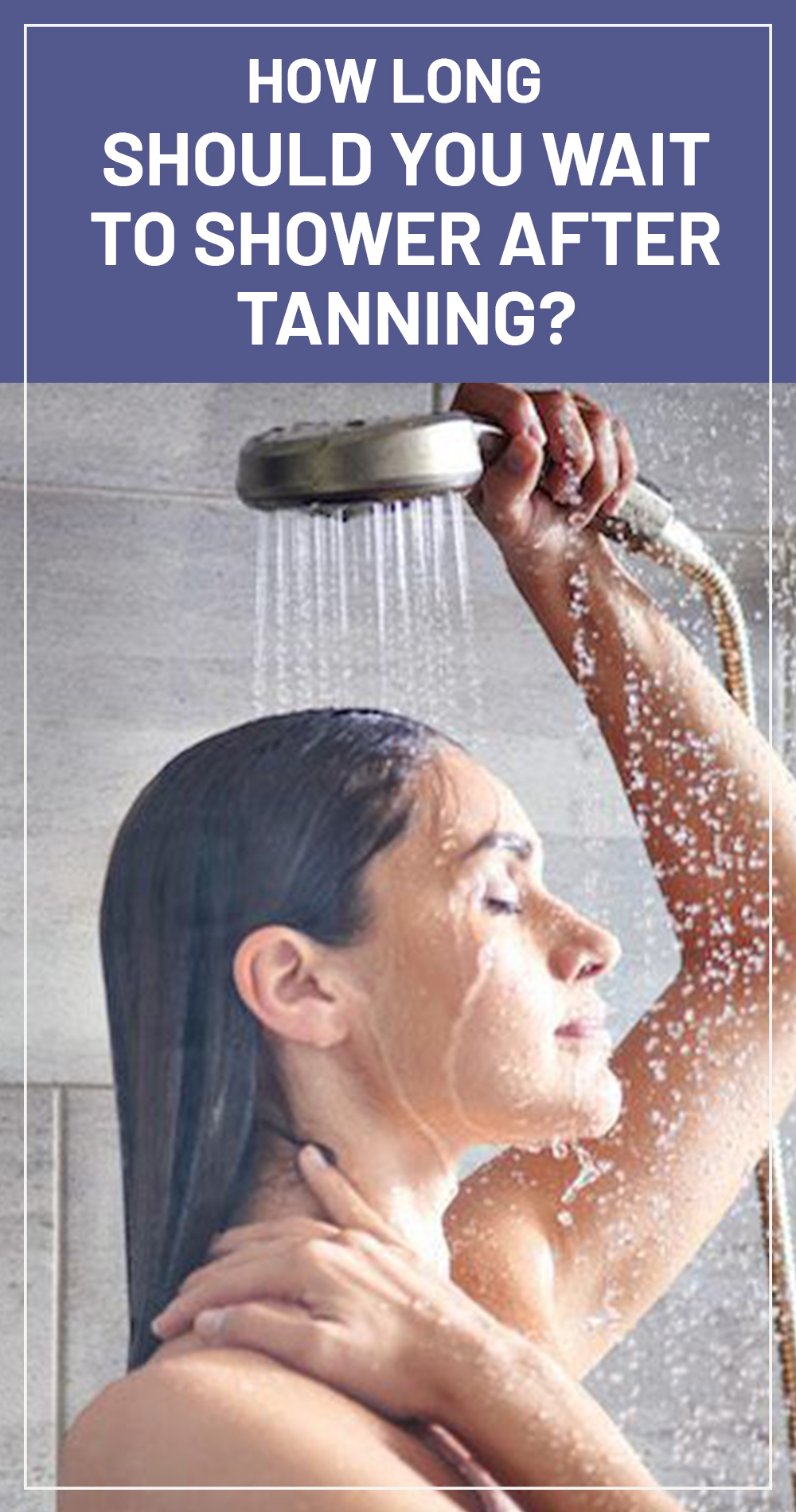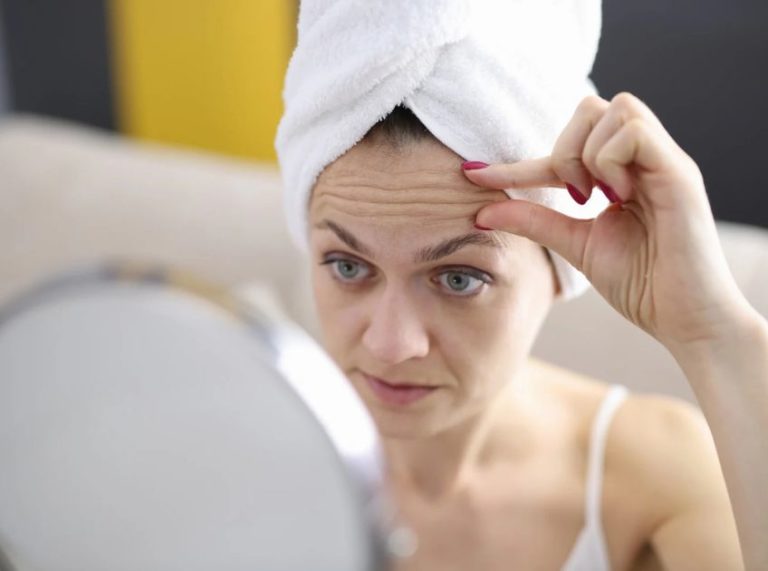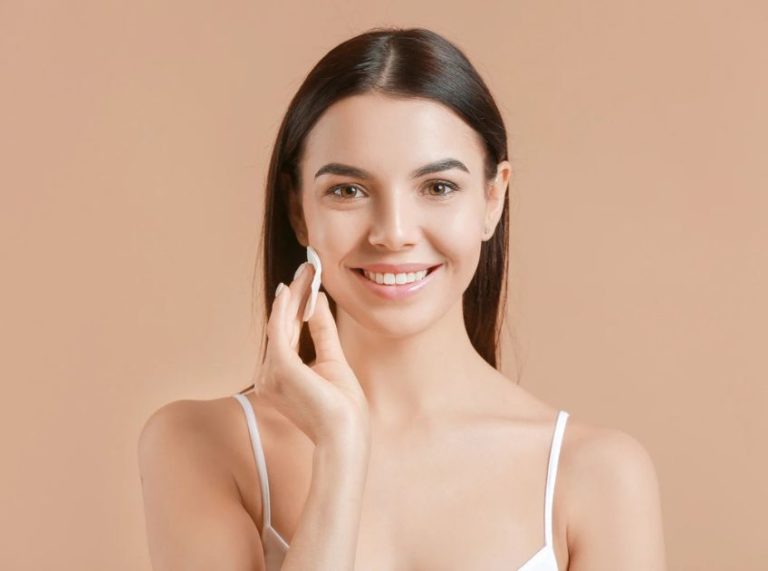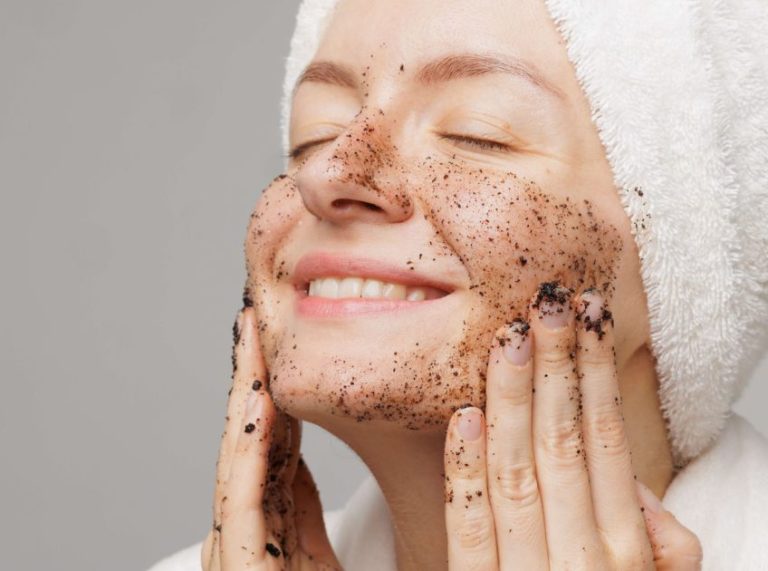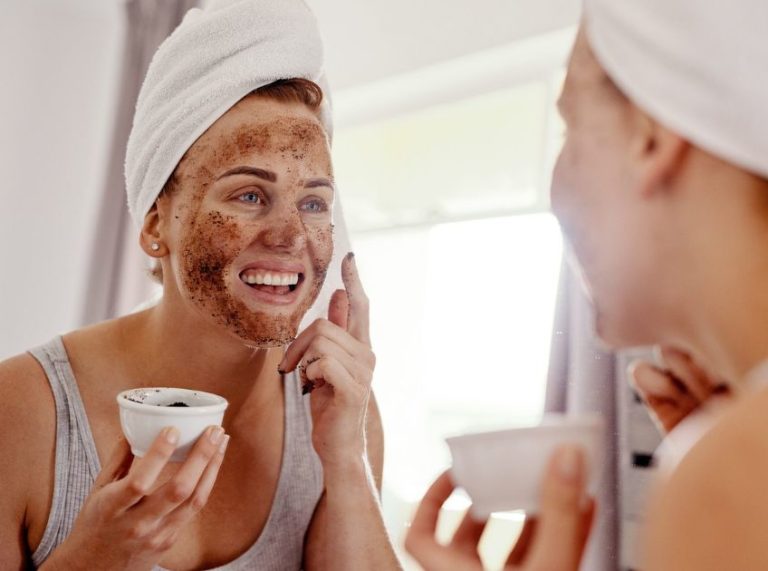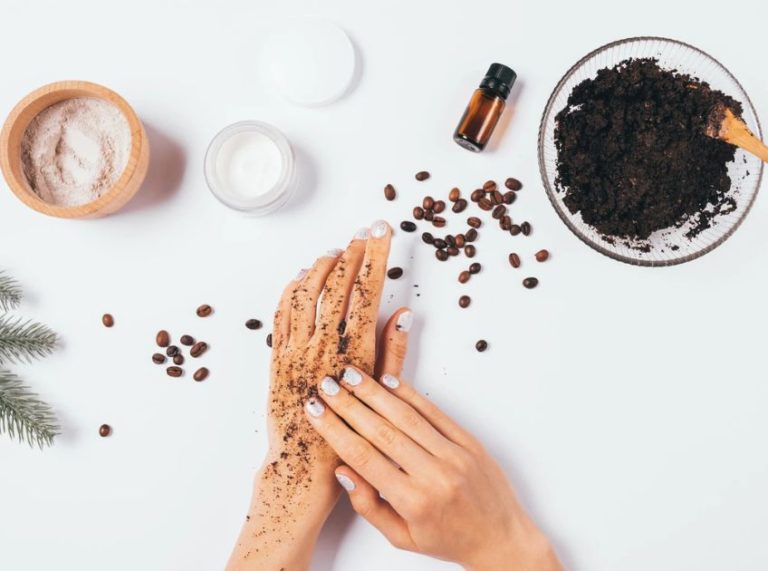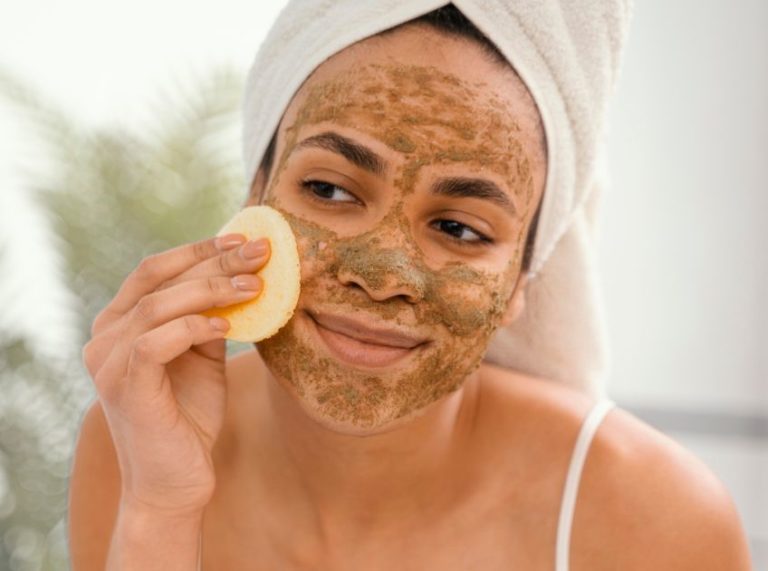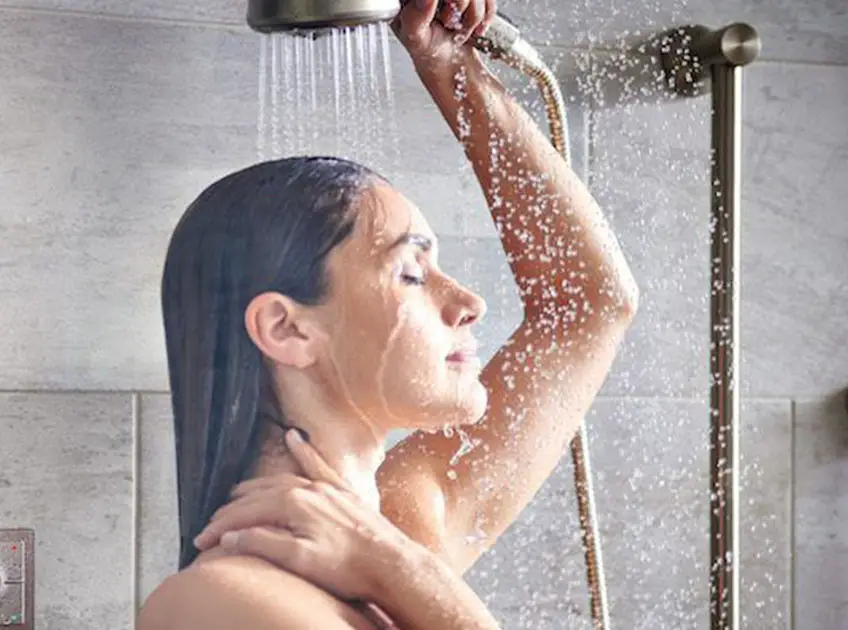
Important: This article is for informational purposes only. Please read our full disclaimer for more details.
Sunbathing and spending time in the tanning bed is relaxing. At the same time, it helps to develop the gorgeous golden bronze tan. You may also use a self-tanner to develop the sun-kissed glow. Regardless of the method, you use for tanning, taking care of your skin and following the aftercare instructions are necessary to maximize the impact of each tanning session. While basing under the sun make the body sweat, applying self-tanner gives a greasy and sticky feel. Moreover, the application of tanning lotions, tan extenders, and moisturizers makes skin oily. In all these cases, the urge to take a shower increases. However, entering the shower immediately after tanning is strictly prohibited. So, the question arises, how long should you wait to shower after tanning? Can a tan wash away in the shower? If you are in the same dilemma, continue reading to know the best times to shower after tanning.
How Long Should You Wait To Shower After Tanning?

Generally, the time depends on how you get your tan and your chosen method. Let’s take a look at each of them.
Getting Tan By Sunbathing
If you aim to develop a tan by sitting under the sun and using the sun’s rays, choose the morning time. In the morning, sun rays are hard enough to develop a tan yet not so hard to cause sunburn. Eventually, it will help you develop a tan within 1-2 hours. But, make sure you apply a broad-spectrum sunscreen lotion with an SPF of at least 15. Now coming back to how long to wait to take a shower after sunbathing, it again depends upon two situations
- You Have Applied Tanning Lotion Or Tan Extender- In this case, it is advised not to hop into the water for at least 2-3 hours after the tanning session. You need to give time to these lotions and extenders to set in the skin and produce a maximally-effective tanning session. However, if you have jumped into the pool or taken a shower, reapply the products and let them stay on your skin for 1-2 hours.
- You Haven’t Applied Any Lotion Or Tan Extender- If you have kept your skin raw, you can shower shortly after completing your tanning session. It won’t create any negative effect on the tanning process.
Getting Tan In A Tanning Bed

You expose your body to intense UV rays when you plan to tan in a tanning bed. Even though it is controlled tanning, the chances of skin damage are still there. Therefore, protecting the skin and following the aftercare instructions are extremely important. Generally, it is advised to apply a tanning accelerator and bronzer when using a tanning bed. If you have applied, do not shower for the next 2-3 hours to make the most out of these products. This period will allow the lotions and tan extenders to set on the skin and develop a deeper tan. So, waiting for 2-3 hours is essential. However, if you haven’t applied any of these, you can shower 20 or so minutes after a UV Tanning Bed session. Lying in a tanning bed made you sweat profusely, as it is pretty hot there. At the same time, the application of different types of creams and lotions increases the chances of clogged pores. In such cases, the urge to take a shower rises; however, waiting for some time will only help you get a fruitful result from your intense tanning session. Once you are done with tanning and waiting, move straight towards the shower and remove all the accumulated chemicals. After coming out of the shower, moisturize the skin as tanning makes it dry and prone to cracking.
Getting Tan With Self-tanner
Another way of getting a sunless tan is using a self-tanner. The active ingredient of self-tanners is dihydroxyacetone (DHA). As you apply self-tanner on the skin, DHA reacts with the amino acids in the outermost layer, causing skin darkening. Since they work by altering the pigments of skin cells, they need time and the presence of oxygen to give the desired result. Showering too quickly after applying a self-tanner will wash off the tanning solution. It won’t allow DHA to interact with amino acids and darken the skin. As a result, you may end up developing a streaky and blotchy tan. It is advised to wait for at least 4 hours to shower after applying self-tanner. It is time for DHA, and other ingredients in self-tanner take to develop a tan, and showering can halt this process. You can also check the instructions written on the label, as some self-tanners recommend not showering for up to 8 hours after application.
What Is The Right Way To Shower After Tanning?
Regardless of your method of developing a tan, the first shower after the tanning session needs to be gentle. Here are some important things you need to know-
- Do not use too hot or cold water for showering
- Make your shower quick and gentle
- Use mild cleaning agents to clean the skin surface
- Avoid products with harsh chemicals
- Do not use heavily scented soaps
- Do not exfoliate the skin
- Pat dry with a soft cotton towel instead of aggressively scrubbing
- Apply moisturizer once again after the shower
Final Words
The thumb rule is waiting at least 4 hours to shower after completing the tanning session. If your self-tanner recommends waiting 8 hours, follow it rigorously. It is the only way to maximize the benefits of the tanning session and prevent a streaky and botchy tan.
You Might Also Like
- 10 Best Exfoliator Before Spray Tan
- How To Exfoliate Before A Spray Tan?- Prevention & Safety Tips
- How To Use Self-Tanner And Moisturizer
- How Long Does a Spray Tan Last? Do’s and Don’ts
- 7 Easy Ways to Remove Spray Tan (Fake Tan)
- How to Remove Tan with Honey
- How to Remove Tan from Skin Using Lemon Juice?
- 7 Best Home Remedies To Remove Tan
- Waxing After Spray Tan: How Long To Wait
- Can You Shave After a Spray Tan? How to do
- Makeup Tips for Tanned Skin – A Complete Guide
- Why Won’t My Legs Tan? Tips To Tan Properly
- How And When To Shower After Spray Tan? 8 Aftercare Tips
- Face Mask Before or After Shower? How To Apply Properly
- Should I Shave Before or After Showering?
